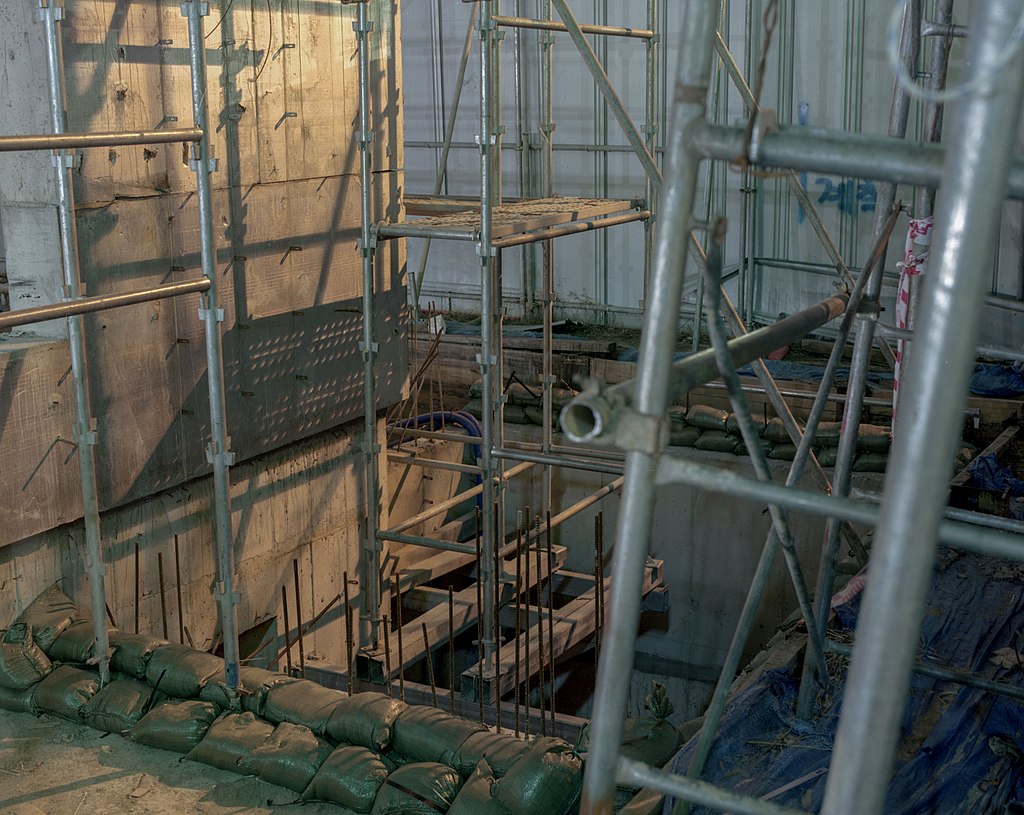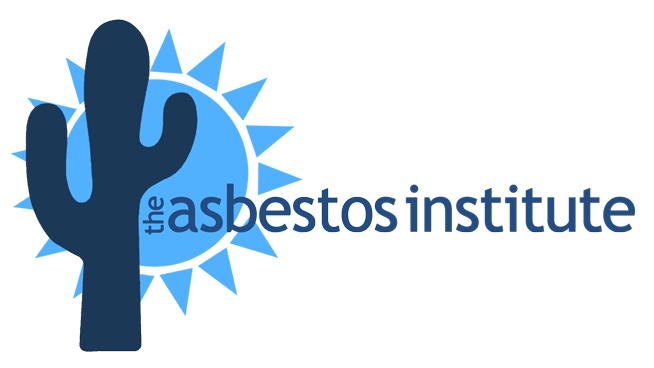Legal Sampling of Suspected ACM
Legal Sampling of Suspect ACM Question: This is a current practice that I need a definitive response to: Is there any scenario in which an employee (or contractor) who is not AHERA Building Inspector certified could grab a bulk sample and submit for asbestos analysis (i.e., the material is non-friable VAT or concrete or a […]
Interpretation of AHERA Sampling (40 CFR 763.86) On a Construction Site

Interpretation of AHERA Sampling (40 CFR 763.86) On a Construction Site Question: Under 763.86 (c), we determined that the standard for bulk sampling of miscellaneous materials was to collect 3 samples per homogeneous area (“in a manner sufficient to determine whether material is ACM or not…”) and that an accredited inspector shall collect these bulk […]
A question on who may collect samples of suspect ACM on a utility worksite

Question: In the power utility business, we have line, station apparatus, and construction personnel that may be called out to inspect equipment or conduct emergency trouble work/investigations associated with an equipment failure or fault. These employees regularly encounter underground electrical cable encased in conduit (i.e., inspecting/evaluating electrical faults or responding to customer/contractor dig-ins, etc.). On […]
A Question About Sampling Concrete in Power Plant Setting

A QUESTION ON SAMPLING CONCRETE / CEMENT MATERIALS IN A POWER COMPANY SETTING Question: Starting on page 157 of the AHERA course book (APPENDIX A, 100 Commonly Asked Q’s), question #38 addresses what suspect ACMs are and provides a partial list of materials classified as either “suspected ACBM” or as “not covered by AHERA rule.” […]
Asbestos Siding Removal Costs 2024

Read on to learn more about Asbestos Siding Removal Costs Average Costs: Per square foot: The typical range falls between $5 and $15 per square foot, with an average of $8 per square foot. Total project cost: For a typical 1,500-square-foot house, expect to pay around $7,500 to $22,500, with an average of $12,000. Asbestos Siding Removal Costs Per Sq. Ft & Per Hour […]
What Are OSHA Asbestos Training Requirements

According to EPA.gov, OSHA now requires employers to establish and continue participation in an asbestos training program for employees that might be exposed to fiber levels that are either anticipated or measured at/above permissible exposure limits. OSHA training programs consist of initial classroom training and annual online refresher courses. Permissible exposure limits are 0.1 fibers […]
How Can I Tell If My Home Contains Asbestos

Determining if your home contains asbestos can be challenging because asbestos fibers are not visible to the naked eye. Asbestos was commonly used in various building materials until it was largely banned for residential use due to health concerns. To assess the presence of asbestos in your home, consider the following steps: Know the Age […]
Insulating Existing Walls

nsulating existing walls can be a beneficial home improvement project that helps improve energy efficiency, maintain comfortable indoor temperatures, and reduce heating and cooling costs. The method you choose for insulating existing walls depends on various factors, including the type of wall construction and your budget. Here are some common methods for insulating existing […]
Update on Regulations Affecting Asbestos
10/19/2003 Our current federal asbestos regulations that you are all familiar with (NESHAP, AHERA, MAP and OSHA) have been with us in some form since about 1970 and have not changed since about 1994 (about 30 years). The EPA asbestos NESHAP (National Emission Standards for Hazardous Air Pollutants) regulates the generation through disposal of regulated […]
Why You Should Not Touch Asbestos

Asbestos is a naturally occurring mineral fiber that was once commonly used in various construction and industrial applications due to its heat-resistant and insulating properties. However, asbestos is now known to be highly hazardous to human health. Here are some reasons why you should not touch or disturb asbestos: Health Risks: Asbestos fibers are microscopic […]
Will Asbestos Ever Be Safe?

Asbestos, a naturally occurring mineral fiber, has been widely recognized as a health hazard due to its association with serious diseases such as lung cancer, mesothelioma, and asbestosis. Given its well-documented health risks, it is unlikely that asbestos will ever be considered completely safe. However, steps can be taken to mitigate its risks and reduce […]
Honesty in The Asbestos Control Industry
The following are common talking points in the Asbestos industry…. followed by a few clarifying notes… How many people die each year from an asbestos disease in the U.S.? 40,0001 20,0002 15,0003 “thousands”4 Where does the asbestos exposure come from? How long is an asbestos latency period? How does banning use and imports lower the […]
Does Asbestos Poison The Ground?
No, asbestos does not poison the ground. Asbestos is a naturally occurring mineral fiber that is not water-soluble. This means that it cannot dissolve in water and seep into the ground. However, asbestos can be released into the air when it is disturbed, such as during demolition or renovation work. If inhaled, asbestos fibers can […]
What Were The Advantages of Asbestos

Asbestos is a naturally occurring mineral fiber that has been used in a variety of products for its fire resistance, strength, and durability. Some of the advantages of asbestos include: Fire resistance: Asbestos is highly resistant to heat and flames, making it a good material for fireproofing. It was often used in construction materials, such as […]
Where Can You Find Hidden Asbestos?

Asbestos can be found in many unexpected places. Here are ten spots where asbestos may be found where you may not realize it. read on to learn more. Seals And Sealants Asbestos was often used in caulking in windows and doors until the 1970’s. It was also used on furnace doors, gasket seals, old coal […]
Asbestos In Household and Industrial Appliances

Products that once contained asbestos can be broadly divided into three ranges of products. Read on to learn more. Handheld and Small Appliances Handheld and smaller-than-a-breadbox sized items that had to be both lightweight and heat resistant often made it onto this list. Also, items that may have contained no major asbestos component may still […]
What Makes Asbestos Dangerous?

Asbestos fibers most often enter the body is through breathing . Several of the fibers become trapped in the mucous membranes of the throat and nose where they can then be removed, but some can get into the lungs, or, if swallowed, into the digestive tract. Asbestos is most hazardous when it is friable, meaning […]
Common Places To Find Asbestos

Asbestos can be found in many unexpected places. Here are ten spots where asbestos may be found where you may not realize it. read on to learn more. Seals And Sealants Asbestos was often used in caulking in windows and doors until the 1970’s. It was also used on furnace doors, gasket seals, old coal […]
What is Asbestosis?

Here is the Mayo Clinic’s definition of asbestosis: Asbestosis (as-bes-TOE-sis) is a chronic lung disease caused by inhaling asbestos fibers. Prolonged exposure to these fibers can cause lung tissue scarring and shortness of breath. Asbestosis symptoms can range from mild to severe, and usually don’t appear until many years after continued exposure. Asbestos is a […]
Popcorn Ceiling Removal Cost 2023

How much does it cost to remove a popcorn ceiling? You can expect to pay about $1.50 per sq. ft. on average or $1 to $2 per sq. ft. for popcorn ceiling removal that may or may not contain asbestos. According to homeguide.com popcorn ceiling removal costs about $1.50 per sq. ft. with average prices […]
Asbestos Siding Removal Costs 2023

The average price to remove asbestos siding is around $1,000, with typical costs between $800 and $1,200. The average price to repair asbestos siding is around $4,761, with typical costs between $665 and $8,856. Many projects come as low as $300 while some may reach $22,500. Encapsulation, a favorable type of repair, averages about $2 to $6 per sq. ft. Asbestos is a highly dangerous material. A […]
Asbestos In Vehicle Parts

Asbestos has been a component in linings, clutch facings, and brakes pads for a long time and millions of them on the shelf of an auto parts store or operating in vehicles can still be found today. That said they are not normally used in the production of new components. Read on to learn more. […]
Asbestos In Homes

Window and door seals Asbestos can be found in caulk or sealant products which are placed on windows and doors. The material’s heat resistance is suitable to keeping temperate air from passing through the sealant. Caulk with asbestos was also once used to increase the efficiency of gasket seals found in furnace doors. Apart from […]
Finding Hidden Asbestos

Asbestos can be found in many unexpected places. Here are ten spots where asbestos may be found where you may not realize it. read on to learn more. Seals And Sealants Asbestos was often used in caulking in windows and doors until the 1970’s. It was also used on furnace doors, gasket seals, old coal […]
Asbestos and Loose Fill Insulation

When it comes to asbestos, it rarely needs introduced at this point. The majority of homeowners need to be educated on the general danger of breathing and disturbing asbestos fiber. Older buildings and homes may have asbestos within products from hot water piping insulation to furnace insulation, even floor tiles. Typically, it is recommended to […]

